1. Family Ties – Alex’s Friend’s Death and Guilt

When Alex P. Keaton’s childhood friend Greg dies suddenly in a car crash, the usually confident overachiever falls apart. The two-part episode “A, My Name Is Alex” aired in 1987 and caught audiences completely off guard. It abandoned the typical sitcom format, breaking the fourth wall and diving deep into Alex’s grief and survivor’s guilt. The character who normally had all the answers couldn’t even articulate why he was alive when his friend wasn’t.
It was a stark departure from the show’s light tone about Reagan-era optimism and family banter. Michael J. Fox delivered an emotional performance that earned him an Emmy and changed how viewers saw Alex forever. For a show that was usually about college applications and family dinners, it was a haunting meditation on mortality. Even today, fans remember it as one of the most powerful sitcom episodes ever aired.
2. Diff’rent Strokes – The “Bicycle Man” Two-Parter

In 1983, Diff’rent Strokes stunned audiences with its two-part episode known as “The Bicycle Man.” Arnold and his friend Dudley are lured by a seemingly friendly bicycle shop owner who offers them gifts and cartoons, but it turns dark when his intentions are revealed. For a show famous for catchphrases like “Whatchu talkin’ ’bout, Willis?”, the storyline was a shocking shift.
The network even aired a parental warning before the episode, something unheard of for sitcoms at the time. It addressed a real-world danger most shows avoided and sparked national conversations about child safety. Parents appreciated its bravery, while kids were left uneasy by how real it felt. It remains one of the most talked-about “very special episodes” in TV history.
3. Growing Pains – Carol’s Boyfriend Dies After a Drunk-Driving Crash

When Carol Seaver’s boyfriend Sandy, played by Matthew Perry, sneaks out for a drink and drives home, the result is devastating. He crashes his car and dies from internal injuries in the hospital, leaving Carol guilt-ridden and heartbroken. For fans expecting the usual Seaver family laughter, the tone was jarringly somber.
The episode, titled “Second Chance,” aired in 1989 and gave viewers an unflinching look at the consequences of drunk driving. It was rare for an ’80s sitcom to kill off a character, and rarer still to dwell on the aftermath. The show handled the moment with sincerity instead of melodrama. It was a powerful reminder that even family sitcoms weren’t immune to tragedy.
4. Punky Brewster – Facing the Challenger Disaster
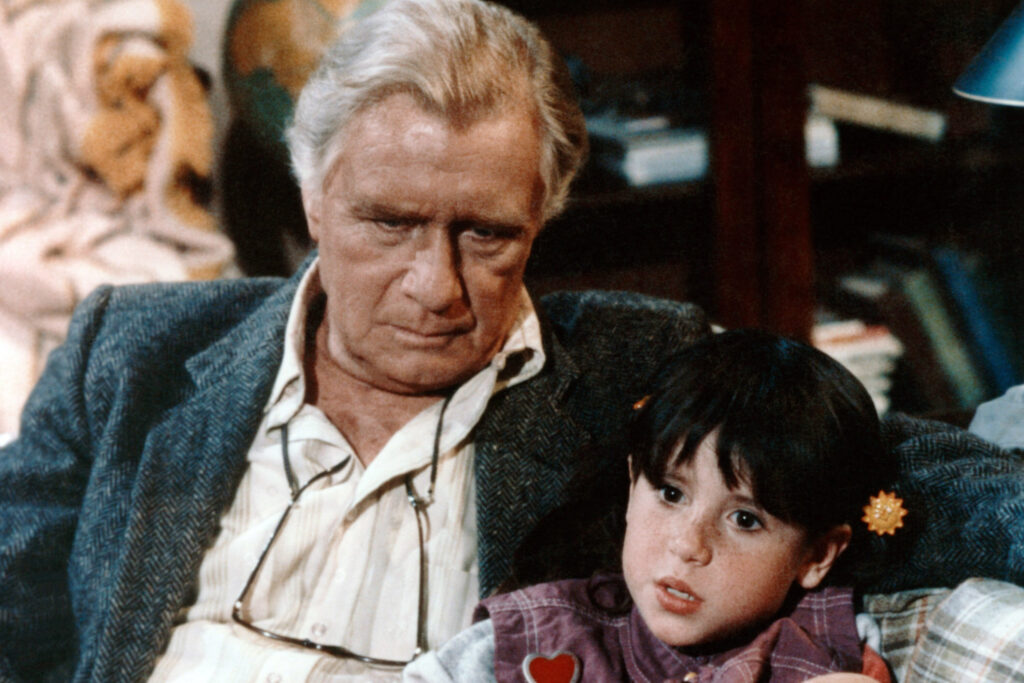
In 1986, Punky Brewster helped young viewers process a national tragedy when it tackled the Space Shuttle Challenger explosion. Punky idolized Christa McAuliffe, the teacher-turned-astronaut who died in the disaster, and the episode showed her confusion and sadness after the event. Soleil Moon Frye’s performance felt real because so many kids were asking the same questions she was.
The show balanced empathy and education, helping families talk about grief in a way that felt safe for children. It didn’t wrap things up neatly or minimize the pain. Instead, it focused on Punky finding hope again through curiosity and courage. For a show about optimism and imagination, it showed a rare maturity that stuck with viewers for decades.
5. Cheers – Diane’s Mental Breakdown
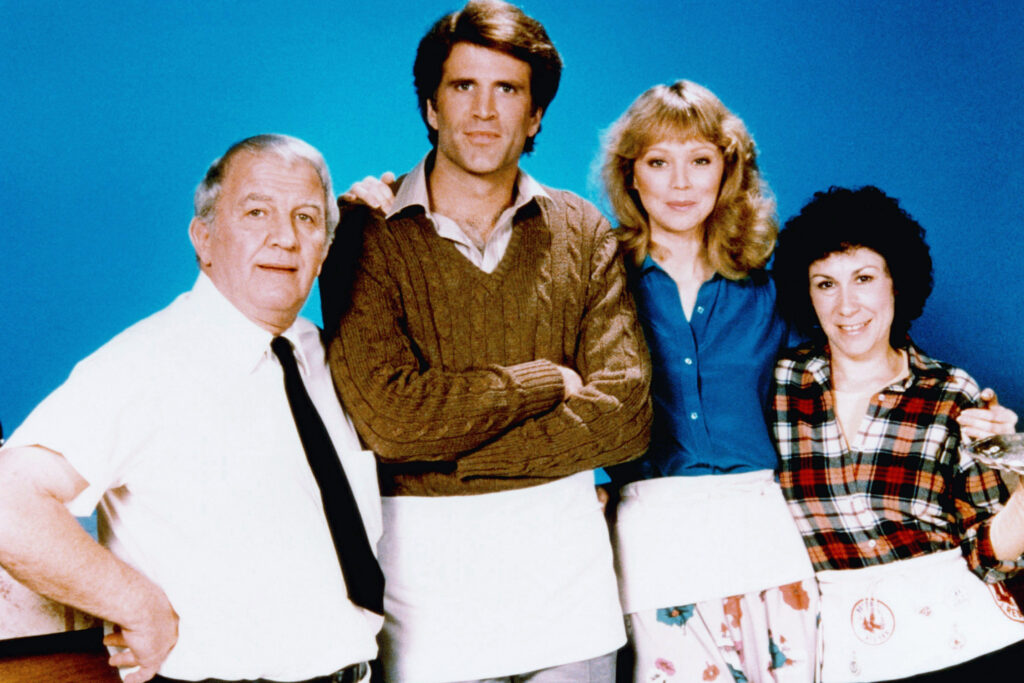
Diane Chambers had always been a little high-strung, but her emotional unraveling in Cheers’ fifth season took things to a new level. After her relationship with Sam falls apart, Diane begins hallucinating and loses touch with reality. Viewers who expected witty bar banter were suddenly faced with scenes of genuine psychological distress.
Shelley Long gave a performance that was funny, tragic, and deeply human. The show didn’t play her breakdown for laughs—it treated her pain seriously, something sitcoms rarely did. It also paved the way for her eventual exit from the series. Fans were shocked to see a character once defined by pride and intellect crumble so completely.
6. The Facts of Life – Natalie’s Assault
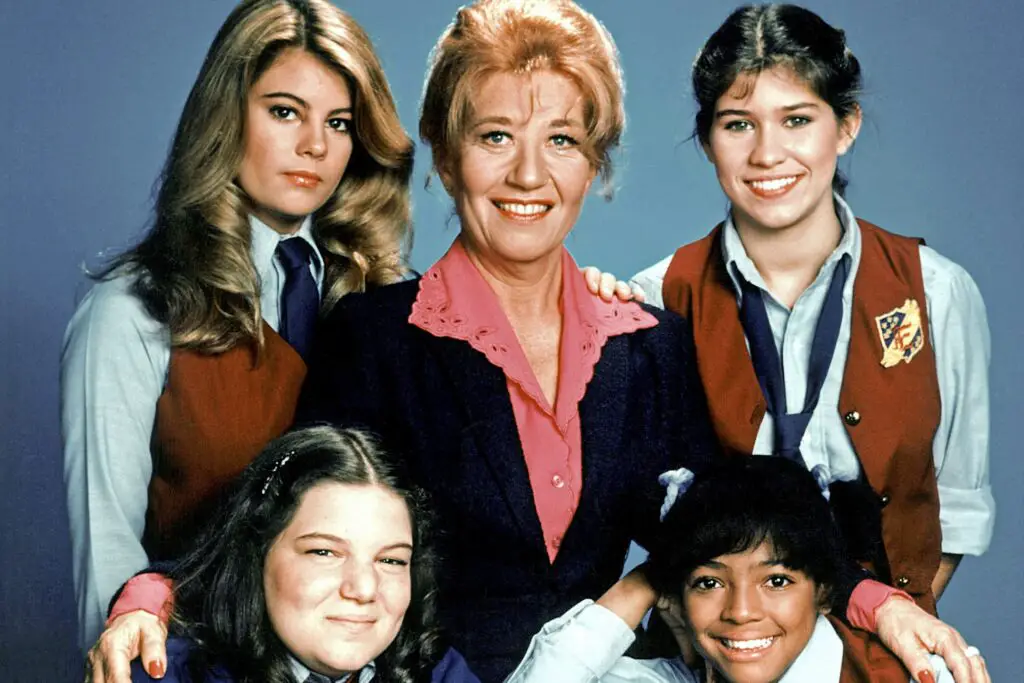
The Facts of Life took a bold turn in 1988 when Natalie Green was attacked while walking home alone. The episode didn’t show the violence—it focused instead on the aftermath, with Natalie trying to process what happened. The story shocked viewers who were used to the show’s lighter tone and teenage mischief.
Rather than making it a “lesson” episode, the show dealt with trauma honestly. Natalie’s fear, her friends’ support, and the ongoing emotional recovery all felt authentic. It became one of the few sitcoms to handle sexual assault with sensitivity instead of sensationalism. The courage to tell that story set it apart from almost anything else on television at the time.
7. ALF – The Terrifying Government Capture Cliffhanger

When ALF ended in 1990, it didn’t go out with a laugh—it went out with a gut punch. In the series finale, the wisecracking alien finally reveals himself, only to be captured by the U.S. government. The last scene shows him surrounded by soldiers, with his fate left horrifyingly unclear.
Fans were furious when the show was canceled before a resolution could air. For four seasons, the Tanner family had protected ALF, and now it looked like he’d end up dissected in a lab. It was an unexpectedly grim ending for a sitcom about a lovable extraterrestrial eating cats and cracking jokes. Even now, viewers call it one of TV’s cruelest cliffhangers.
8. Silver Spoons – A Drunk Driving Lesson
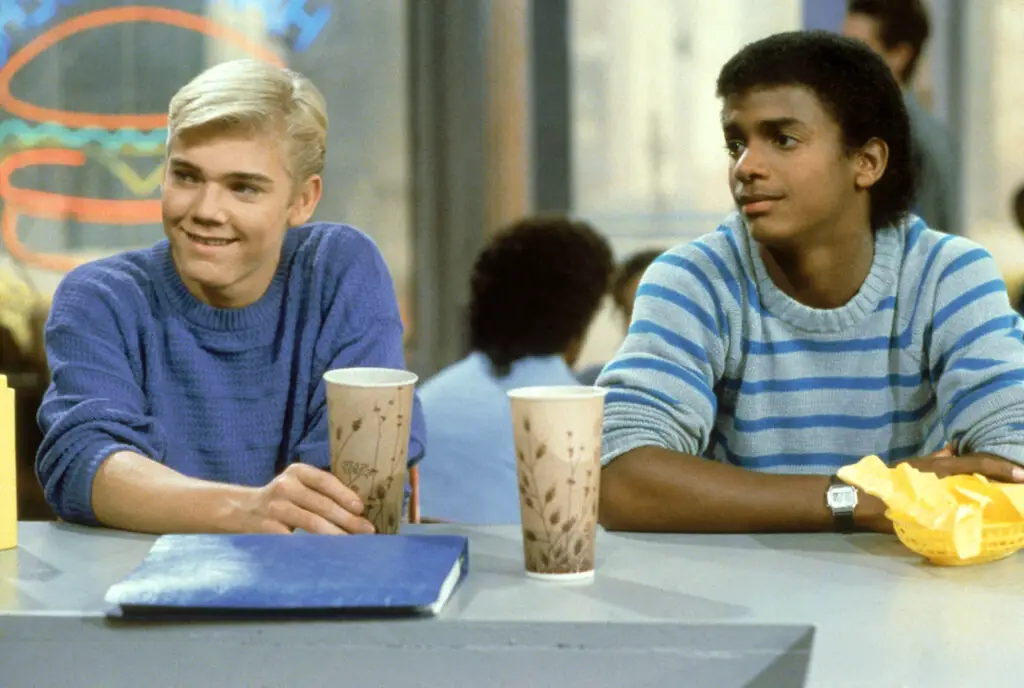
In one of Silver Spoons’ more serious storylines, Ricky Stratton loses a friend to a drunk-driving accident. The tragedy forces him to confront mortality and responsibility in a way few sitcom teens ever did. For a show built on video games and model trains, it was surprisingly emotional.
The episode stood out because it wasn’t just a one-off—it showed Ricky struggling with guilt and confusion afterward. Viewers saw a character known for innocence suddenly face the darker side of life. It carried a strong anti-drinking message that felt genuine instead of preachy. Parents often praised the show for taking the risk.
9. Mr. Belvedere – Wesley’s Friend Has AIDS
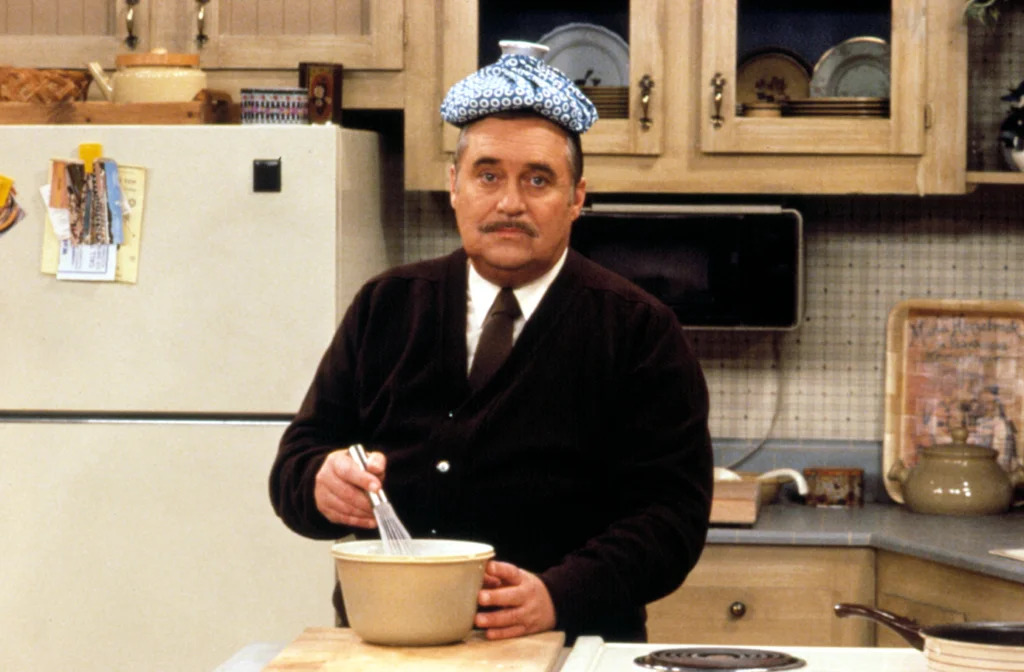
In 1986, Mr. Belvedere aired one of the first sitcom episodes to discuss AIDS openly. When Wesley’s classmate contracts the virus through a blood transfusion, Wesley reacts with fear and misunderstanding before learning the truth. The episode was simple but revolutionary for its time.
Rather than using scare tactics, it focused on compassion and education. It helped demystify a topic that was often met with silence or stigma. The message was that friendship and empathy mattered more than fear. It’s now remembered as one of the most important “issue” episodes of the decade.
10. The Golden Girls – Blanche’s Brother Comes Out
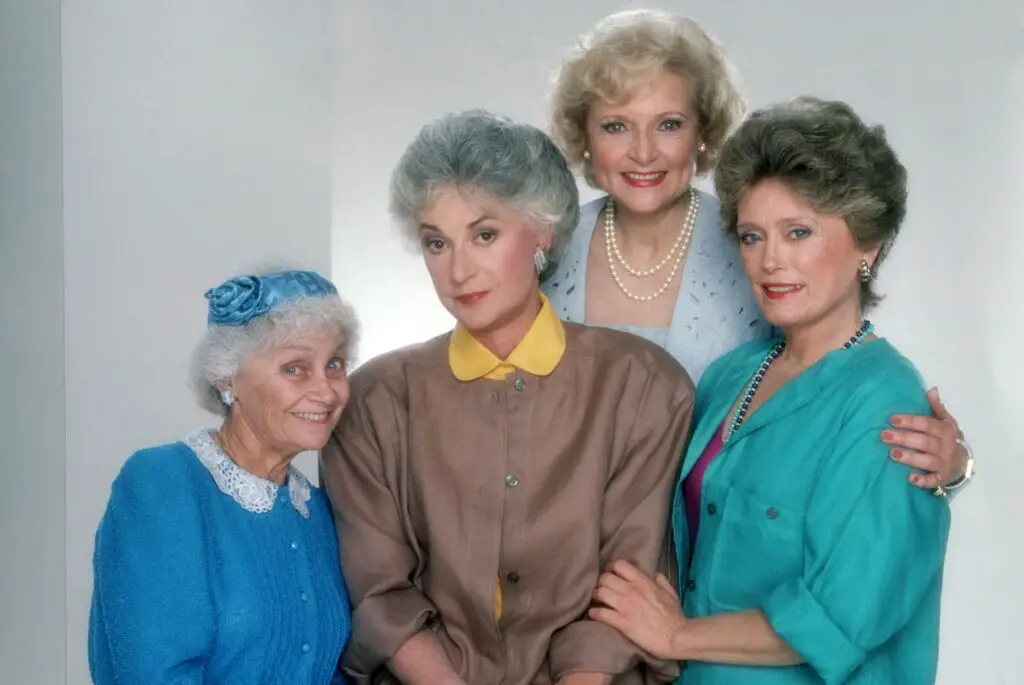
When Blanche Devereaux’s brother Clayton comes to visit and reveals he’s gay, Blanche’s world is turned upside down. In 1988, this storyline was groundbreaking for network television. Blanche’s initial discomfort reflected how many Americans felt at the time, but her journey toward understanding gave the episode heart.
The Golden Girls handled the topic with humor and warmth, staying true to its tone while breaking social ground. The dialogue was honest, and Rue McClanahan’s performance added real vulnerability to a character often defined by vanity. By the end, Blanche’s love for her brother won out over prejudice. It was a small but powerful moment of progress on TV.
11. Full House – The Car Accident Episode
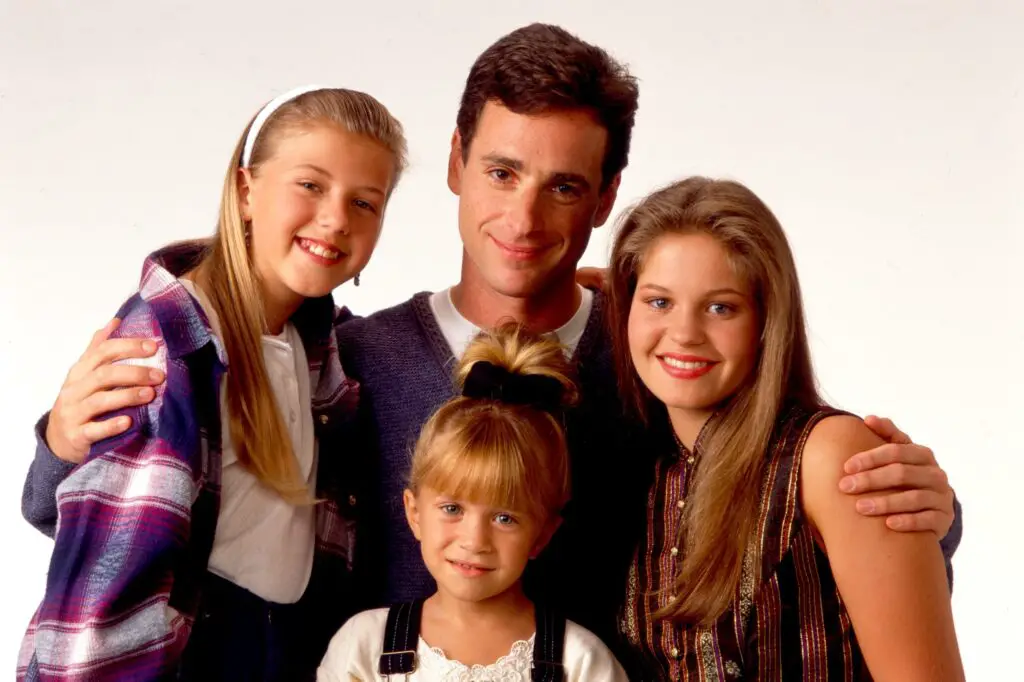
Though Full House was best known for hugs and moral lessons, one episode took a darker turn. After a drunk-driving crash kills a family friend, DJ and Stephanie struggle to understand how such a thing could happen. The tone was somber, and the usual upbeat music cues were replaced by quiet reflection.
The Tanners use the moment to talk openly about loss and forgiveness. It was one of the few times the show didn’t tie things up neatly in twenty-two minutes. Viewers praised it for tackling a real-world issue that could happen to anyone. It proved that even the gentlest sitcoms could confront tragedy head-on.
12. Who’s the Boss? – Angela’s Hidden Grief

In a rare serious episode of Who’s the Boss?, Angela opens up about a miscarriage she suffered before the events of the show. The revelation adds unexpected emotional weight to a character known for her professionalism and control. For once, the focus wasn’t on romance or comedy—it was about pain and healing.
Judith Light handled the moment with quiet grace, letting her vulnerability come through in subtle expressions rather than tears. It offered viewers a rare look at loss that many women had experienced but few shows acknowledged. The moment deepened Angela’s character and showed the show’s willingness to take risks.
